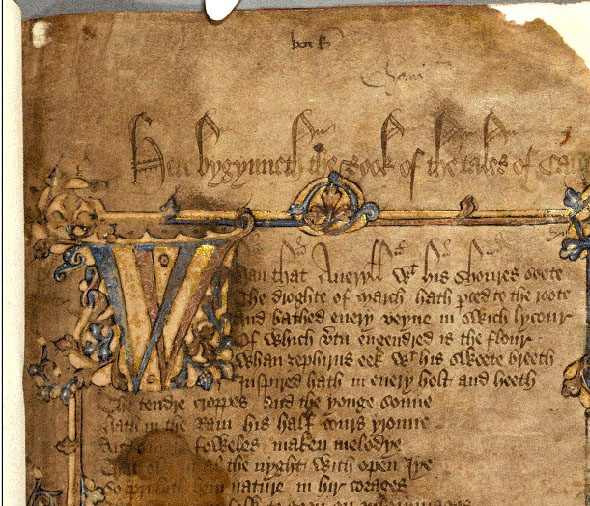| Rainy prospect |
Recently a Facebook friend posted a link about college costs,
and I followed it to read the article, “Students in Debt, Professors in Poverty
– What’s Going Wrong?” because I’ve thought a lot on this subject and talk to
other people who think about it a lot.
The article turned out to address a
single issue: the replacing of fulltime faculty with adjunct instructors, most
with equivalent qualifications in terms of degrees but paid only per course,
with no benefits and no future job security. None of this was news to me. I’ve
taught as an adjunct and know the reality of it from the inside. The article calls it
the “subcontract business model.” Okay, but what about those students in debt?
What about that part?
| Focus on the orchard or focus on the trees? |
Not long ago I had raised the question with another friend: “If
schools are paying less for instructional employees, what’s with the
astronomical and mounting tuition?” I’d wondered a long time and never
gotten an answer better than the one she gave me: “States are
no longer funding their so-called ‘state’ universities, except at a very
minimal level.”
Once you know what to look for, the information is not hard to
find. The first article I turned up in my search is very detailed and might
tell you more than you want to know – but then, you don’t have to read every
word. It’s definitely worth a look. The shortcoming of the picture presented there, in my opinion, is that it only looks back as far as 2007.
The second story I’ll direct you to, "State Funding: A Race to the Bottom," is more focused on state
funding and goes beyond a look at “pre-recession” levels, going back to 1975 to present a much longer history. Here we learn that since 1980 48 states have reduced state funding to their own universities by
Extrapolation from data can be a lot of fun. Take, for example, one of my favorites, the rising number of Elvis impersonators. Extrapolating from the trend one can forecast a year in which all Americans will be Elvis impersonators. The trend in reducing state support for education is not nearly as funny.
Colorado has reduced its support for higher education by nearly 69.4 percent, from $10.52 in fiscal 1980 (and a peak of $13.85 in fiscal 1971) to $3.22 by fiscal 2011. At this rate of decline Colorado appropriations will reach zero in 2022, 11 years from now. Projections using more recent data find that Colorado could hit zero as soon as 2019.
By the way, the phrase "race to the bottom" fits so many areas of human economic life these days, doesn't it? Work harder, accept less pay, or lose your job!
| It's easy to get distracted from the big picture. |
Adjunct faculty are hardly the
only ones hurt by funding trends in higher education. Yes, those of us with
higher degrees are exploited, but, much more to the point, states are no longer
seriously investing in higher education. The term "state" university is
becoming a misnomer. The school bears the name of its home state and may have a
board elected by voters at the state level, but increasingly low levels of state funding shifts the burden of tuition more and more to students and their families. These are now largely private schools flying under state flags.
The cause for tuition hikes may be news,
but the consequence is familiar to all informed Americans: astronomical levels
of student debt. Some economists even think the idea of student loans as investment is
a replay of the housing bubble. And as usual, families and students with the least are hurt the
most.
Libertarians and others who have been trying to "get government out of education" have been winning the day behind the scenes, privatizing
higher education behind our backs, and our children and grandchildren are
paying the price. Will our entire country soon find itself paying the price, as more and more jobs requiring higher education cannot be filled by educated Americans?
How do you see this complicated picture? And were the funding facts news to you?
| Where are we going? Is it where we want to go? |
This is an important topic, one I'd like to discuss at greater length, but at the moment I need a break. Time to turn once again to Chaucer and his entertaining fourteenth-century pilgrims.








